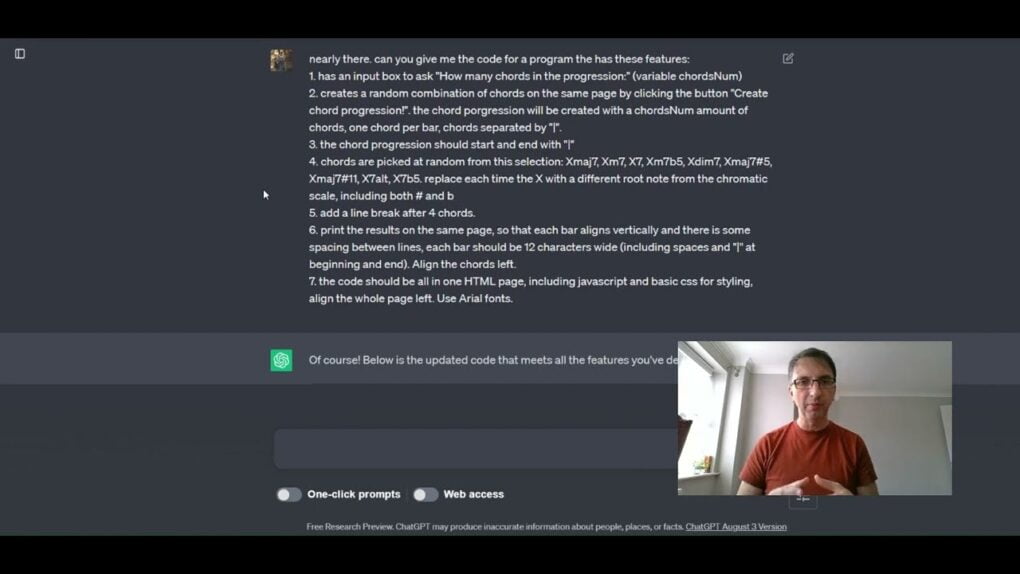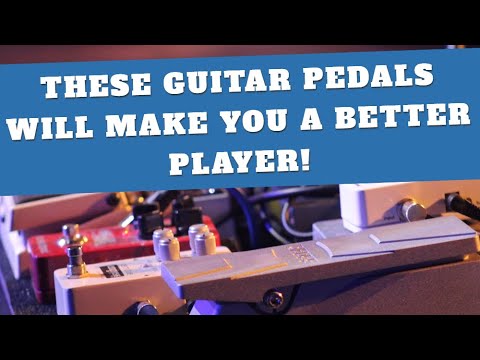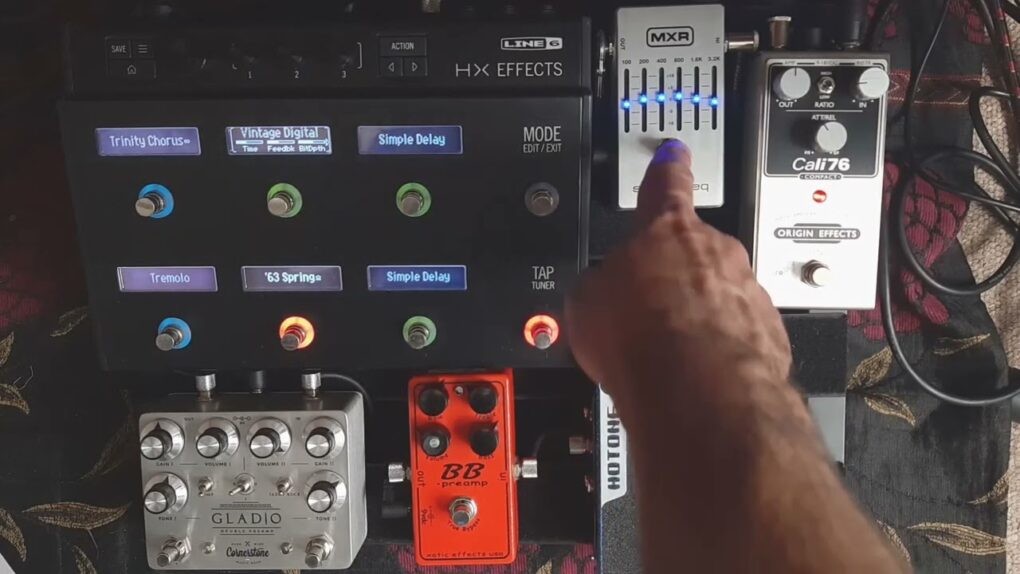Have you ever wondered at how professional musicians effortlessly pick up and perform songs in a flash? There’s more to their skill than meets the eye. In this article, we’ll explore the techniques that proficient musicians employ to learn songs quickly and effectively. Whether you’re a seasoned musician or just starting out, these insights can help you improve your song-learning abilities.
1. Ear Training and Musical Knowledge
Learning songs quickly is a blend of several essential elements, including ear training, instrumental proficiency, and a solid understanding of music theory. When we talk about learning songs swiftly, we’re referring to a scenario where you’re given a piece to play, perhaps in styles like pop, jazz, funk, rock, or metal. Let’s delve into the strategies used by pros to tackle this challenge.
2. Recognizing Chord Qualities by Ear
One of the key skills professional musicians possess is the ability to identify chord qualities purely by ear. While many people can differentiate between major and minor chords, experts can discern more complex distinctions. They can recognize a minor seventh chord from a major seventh, or a dominant chord from a major chord. This skill is honed through experience and helps musicians quickly identify chord progressions and harmonic nuances.
3. Embracing Functional Harmony
Functional Harmony is a critical concept in this process. It involves abstracting chords within a key to understand their functions. For instance, instead of just recognizing a C and F chord, professionals would identify them as the “one” and “four” chords in the key. This knowledge aids in transposing songs to different keys, a common practice due to varying vocal ranges and instrument transpositions.
4. Analyzing Song Structure
Upon receiving a new song, the first step for a seasoned musician is to analyze its structure. This step includes identifying sections like the intro, verses, choruses, bridge, and potential solos. Most songs follow standard structures or loops. Being attentive to variations in the form is key to understanding how the song evolves and staying prepared for any surprises.
5. Learning Melodies and Chords
Professionals often learn both the guitar part and the chords of a song. If time permits, they delve into chord progressions, ensuring they understand the song’s harmonic framework. This approach not only equips them to play the primary guitar part but also allows them to switch to chords if the situation demands it.
6. Focusing on Unique Elements
Rather than memorizing every repeated section, experts concentrate on what makes a section unique. By identifying transitions and variations, they can navigate the song seamlessly without getting bogged down in redundant passages.
7. Internalizing Sounds (tone, effects) and Rhythms
Beyond just notes, professionals also internalize sounds (tone, effects) and rhythms. Achieving the right tone and rhythm is critical for live performances. Musicians practice with metronomes, drum machines, or by playing alongside other musicians to refine their timing.
In conclusion, learning songs quickly is a holistic skill that combines ear training, functional harmony, music theory, and instrumental proficiency. Professionals rely on their ability to recognize chord qualities, understand functional harmony, and analyze song structures. Their focus on unique elements and internalizing sounds further contributes to their agility in learning and performing songs.
So, whether you’re an aspiring musician or looking to enhance your song-learning abilities, these insights can guide you on your journey to becoming a more versatile and adept musician. Remember, practice and dedication will help you build these skills over time, allowing you to tackle a wide range of musical challenges with confidence.


